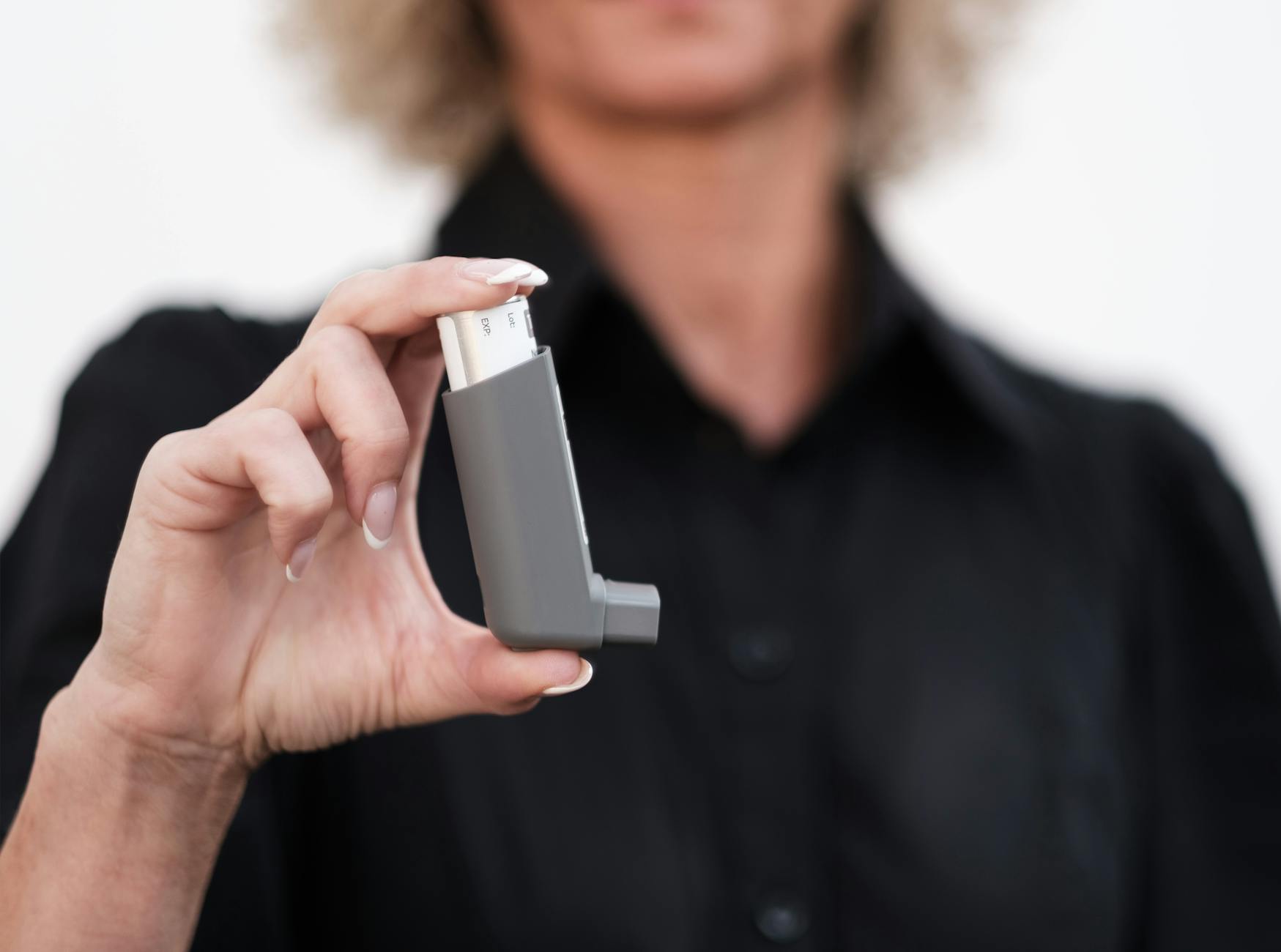
It begins like every allergy. Your eyes itch. Your throat scratches. You sneeze, once, then twice. You think it’ll pass. Then your breath shortens. Your chest feels smaller. Like it’s folding in on itself. You pause. It keeps tightening.
Like it’s folding in on itself
You’ve had allergies before. But this is different. It doesn’t stay in your nose. It moves deeper. You try to ignore it. But your lungs join in. The wheezing creeps in. You reach for water. It doesn’t help.
It doesn’t stay in your nose
You thought asthma lived in isolation. Something separate. You didn’t expect pollen to trigger it. Or dust. Or cats. Or something you ate. But it does. Repeatedly. Without permission. And without warning.
You didn’t expect pollen to trigger it
They say asthma and allergies are linked. You hear that a lot. But the link feels like a trap. One starts. The other follows. Sometimes, they arrive together. Not loudly. Just enough to change the shape of your breath.
Just enough to change the shape of your breath
You keep tissues near. But you also keep inhalers. You manage sneezes and tight lungs in the same hour. You don’t explain it anymore. You just prepare. You measure air before every sentence.
You manage sneezes and tight lungs in the same hour
Spring makes you nervous. Fall too. The weather shifts. Your body reacts. Cold mornings tighten your chest. Dusty rooms close your throat. What others call seasonal, you call daily.
What others call seasonal, you call daily
You try to trace triggers. You make lists. Mold. Peanuts. Perfume. Air conditioning. Exercise. None of them alone cause the reaction. But the combination knocks you down. Quietly, and with routine.
None of them alone cause the reaction
You get tested. Skin pricks. Blood draws. You learn your sensitivities in percentages. You memorize numbers. But they don’t change what happens when the wind shifts.
You learn your sensitivities in percentages
Doctors mention inflammation. That it’s shared between both conditions. That your airways are irritated. That your immune system overreacts. You nod. But those words don’t calm your chest.
Your immune system overreacts
You hear about histamines. IgE. Mast cells. You Google diagrams. You try to understand the inner chaos. But all you know is that breath is now something you notice constantly.
All you know is that breath is now something you notice constantly
You adjust your home. Air filters. Hypoallergenic sheets. You vacuum more. You change your soaps. You clean things others forget to clean. But still, your lungs whisper reminders.
You clean things others forget to clean
You start reading food labels for cross-contamination. You cancel outdoor plans. You carry two sets of medication. You don’t talk about it unless you have to.
You carry two sets of medication
You try nasal sprays, antihistamines, steroids, rescue inhalers, maintenance ones. Some days, you can tell the difference. Some days, you can’t. The silence of your lungs becomes your goal.
The silence of your lungs becomes your goal
You think about how breath used to be background. How you never noticed it unless you ran. Now, you notice it brushing against your ribs. You notice the shape it takes. The length. The pace. The space it requires.
You never noticed it unless you ran
You hear others say, “It’s just allergies.” You nod. You smile. But you want to say more. You want to say: not for me. For me, it’s my entire chest.
You want to say: not for me
You miss the ease of breathing. The thoughtless inhale. The relaxed exhale. You try to recreate it in moments. In yoga. In calm rooms. In warm showers. But it’s never quite the same.
You miss the ease of breathing
You talk to others with asthma. They mention allergy season. You both laugh. But it’s a tired laugh. Because it’s not really about sneezing. It’s about air, and how fragile it’s become.
